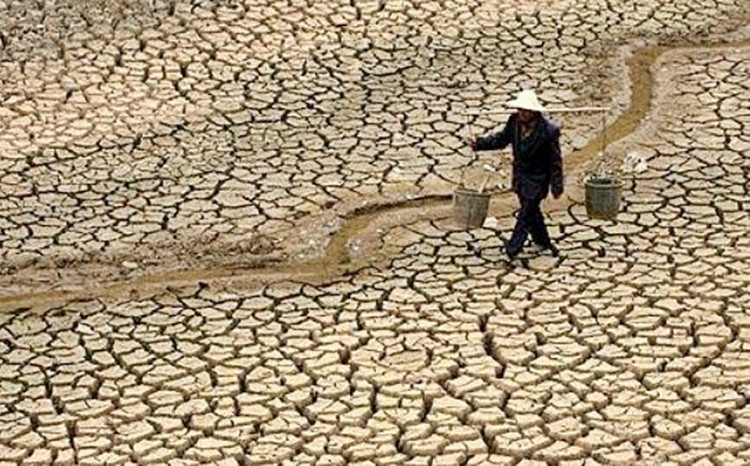A "Hothouse Earth" climate is well and truly on the horizon and the only viable solution to it is to quickly emplace an emission-free world. Global average temperatures are now only over 1 degree Centigrade above pre-industrial levels and are rising at 0.17 degrees Centigrade per decade.
Climate scientists said a Hothouse Earth climate will stabilize at a global average of 4 to 5 degrees Centigrade higher in the long-term than pre-industrial temperatures. Sea level rise will also be inevitable, with the seas 10 to 60 meters higher than today, said a study by an international team of scientists published in the Proceedings of the National Academy of Sciences (PNAS).
Unfortunately, keeping global warming to within the 1.5 to 2 degrees Centigrade target set by the Paris Agreement signed in April 2016 might be more difficult than previously assessed, said the study. These scientists noted that even if the carbon emission reductions called for in the Paris Agreement are met, the risk remains the Earth will still enter what scientists call "Hothouse Earth" conditions.
The study said maximizing the chances of avoiding a Hothouse Earth requires a reduction of carbon dioxide and other greenhouse gas emissions There also needs to be an enhancement and/or creation of new biological carbon stores; biodiversity conservation and technologies that remove carbon dioxide from the atmosphere and store it underground.
More important, the study emphasizes these measures must be supported by fundamental societal changes required to maintain a "Stabilized Earth" where temperatures are ~2 degrees Centigrade warmer than the pre-industrial era.
"Human emissions of greenhouse gas are not the sole determinant of temperature on Earth," said study lead author Will Steffen. "Our study suggests that human-induced global warming of 2 degrees C may trigger other Earth system processes, often called feedbacks that can drive further warming -- even if we stop emitting greenhouse gases."
Steffen, who is from the Australian National University and Stockholm Resilience Center, said avoiding this scenario requires redirecting human actions from exploitation to stewardship of the Earth.
The Paris Agreement's long-term goal is to keep the increase in global average temperature to well below 2 degrees Centigrade above pre-industrial levels. It will also limit the increase to 1.5 degrees Centigrade since this will greatly reduce the risks and effects of climate change. Under the Paris Agreement, each country shall determine, plan, and regularly report on the contribution it undertakes to make in order to mitigate global warming.
The authors of the PNAS study considered 10 natural feedback processes. Some of these are classified as "tipping elements" that lead to abrupt change if a critical threshold is crossed.
These feedbacks are permafrost thaw; weakening land and ocean carbon sinks; loss of methane hydrates from the ocean floor; Amazon rainforest dieback; increasing bacterial respiration in the oceans; boreal forest dieback; reduction of northern hemisphere snow cover; loss of Arctic summer sea ice, and reduction of Antarctic sea ice and polar ice sheets.
These tipping elements can act like a row of dominoes, said co-author Johan Rockström, executive director of the Stockholm Resilience Centre and incoming co-director of the Potsdam Institute for Climate Impact Research.
Rockström said that if one tipping element is toppled, it pushes Earth toward another. He pointed out it might be very difficult or impossible to stop the whole row of dominoes from tumbling over. Places on Earth will become uninhabitable if Hothouse Earth becomes the reality.






